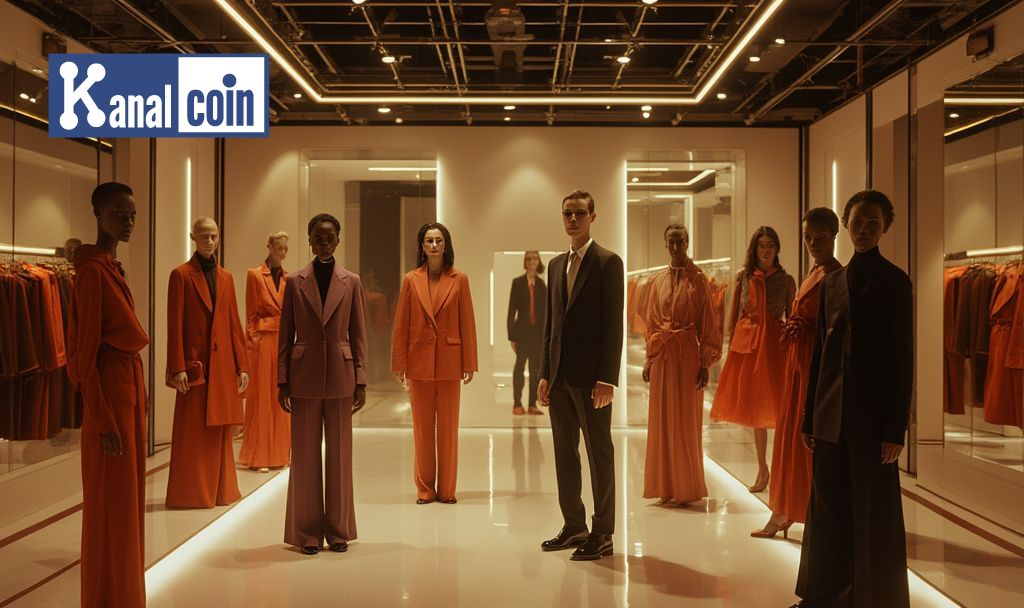
Prada announced on Tuesday that it has completed the acquisition of Versace for nearly $1.4 billion, following negotiations impacted by recent tariff policies under the U.S administration.
This acquisition underscores a significant shift in the luxury fashion industry, prompting mixed market reactions regarding potential regulatory and economic challenges influenced by new trade tariffs.
Prada and Versace Navigate Tariff Challenges
The acquisition faced potential delays due to Trump’s tariffs. Despite challenges, Prada cemented the deal. Luxury brands are consolidating resources amid competitive market pressures.
Prada and Versace are key players in the luxury market. The acquisition strengthens Prada’s position in global fashion, marking a new direction in brand strategies.
Analysts Skeptical Amid Tariff Influence on Deal
Market analysts are wary of the influence of tariffs on pricing strategies. The deal’s completion signals Prada’s commitment to overcoming trade barriers for business expansion.
Potential regulatory hurdles could impact the acquisition’s financial success. Historical trends suggest luxury brands are resilient, yet geopolitical shifts pose new challenges for international operations.
Lux Brands Thrive Despite Past Economic Fluctuations
Similar cross-brand acquisitions in the past faced economic fluctuations but resulted in market success. Luxury mergers typically improve economies of scale and brand influence.
Kanalcoin’s insights highlight: If tariffs persist, Prada may seek alternative logistics to mitigate cost rises, leveraging historical trends in global supply chain adjustments.
“We aim to continue Versace’s legacy, celebrating and reinterpreting its bold and timeless aesthetic” — Patrizio Bertelli, Chairman, Prada S.p.A.









